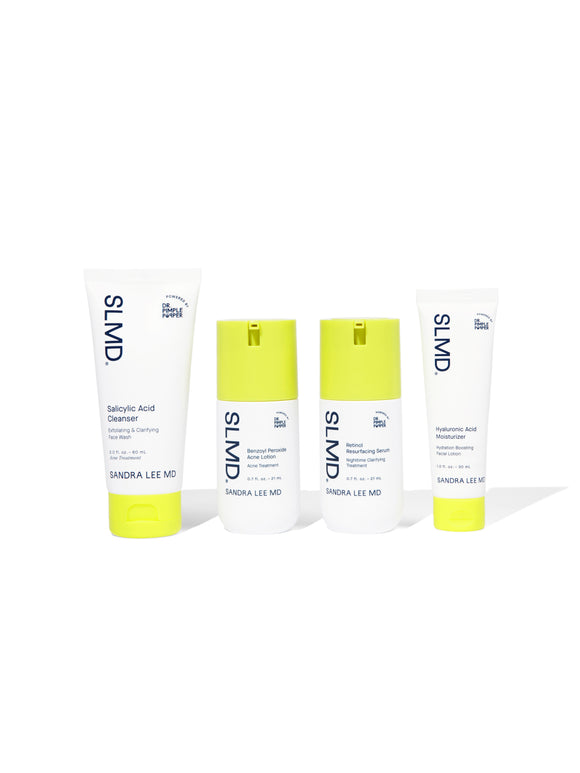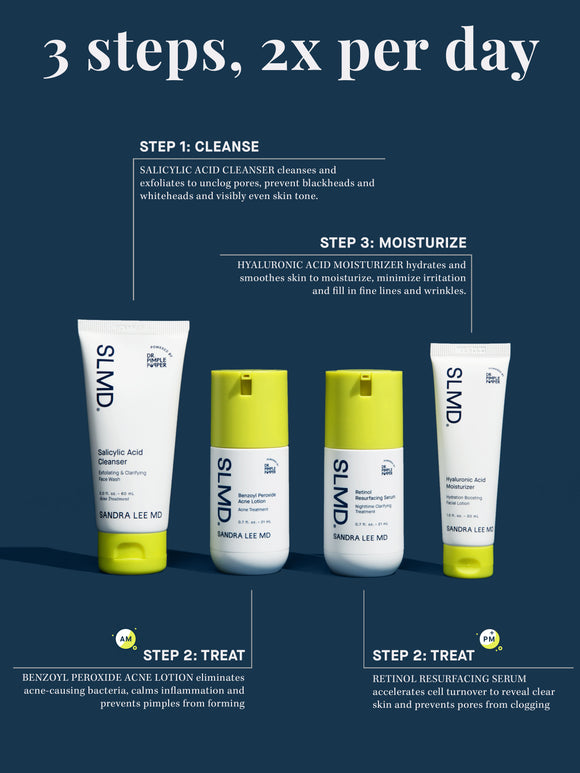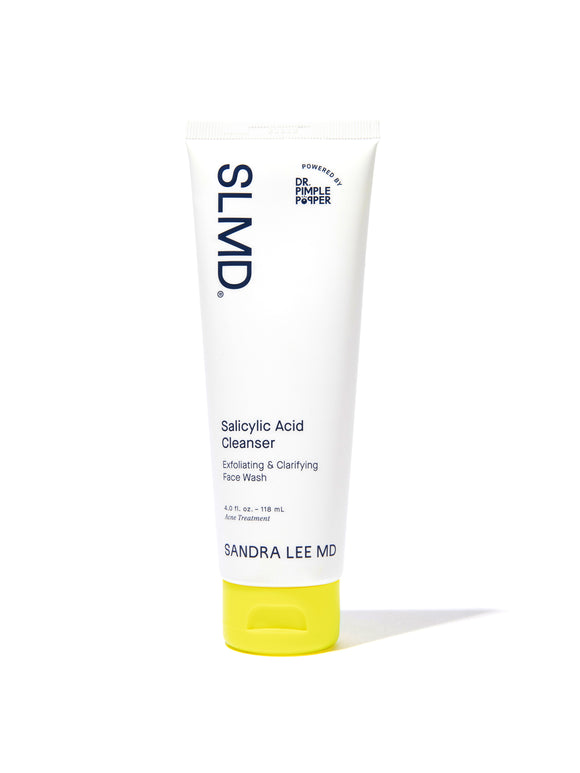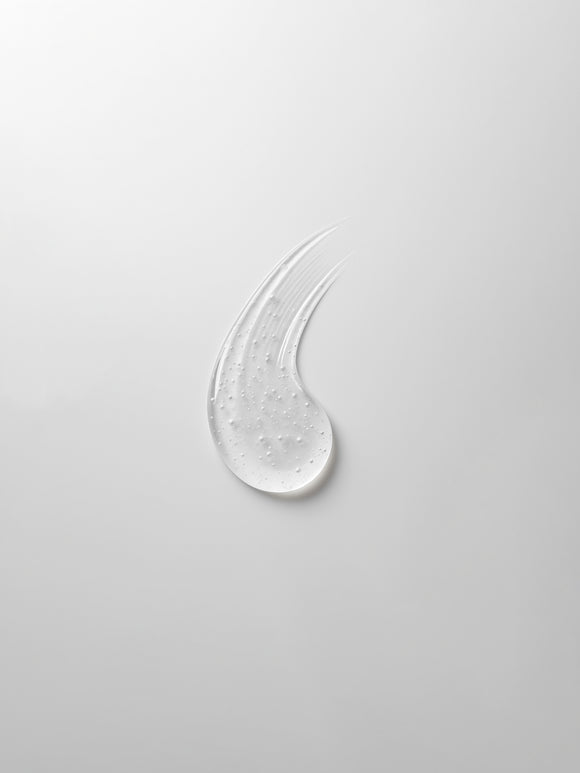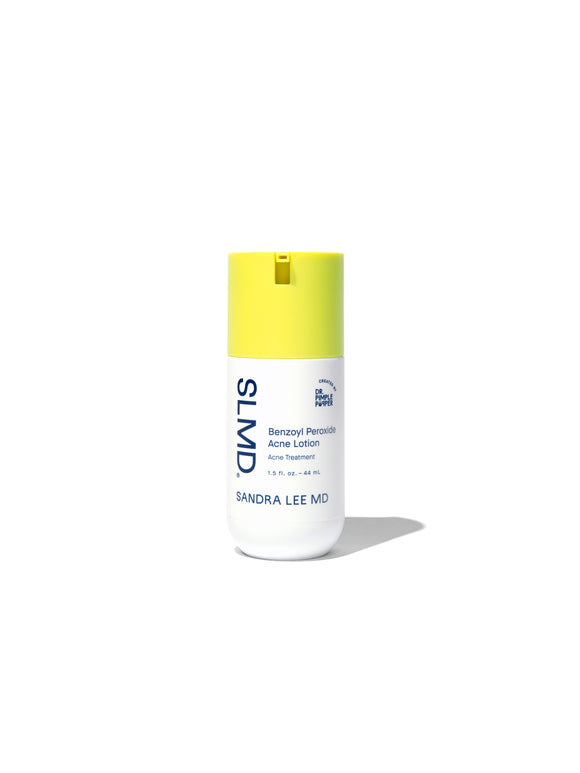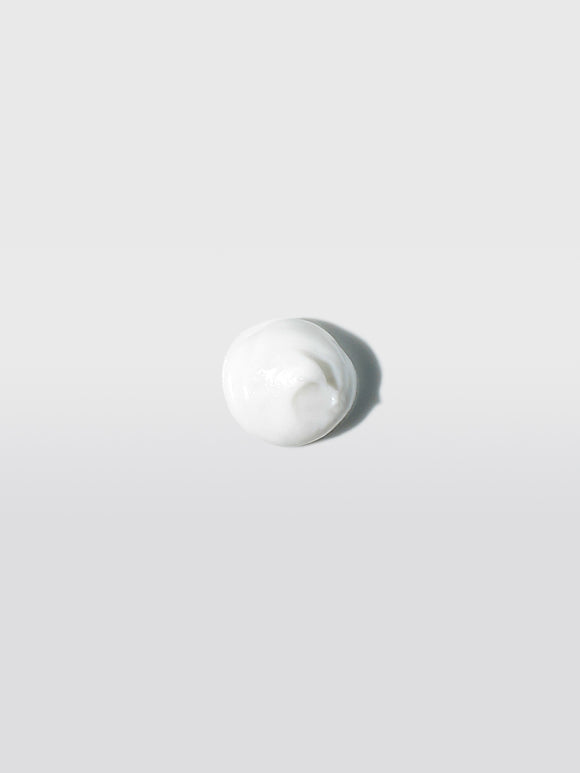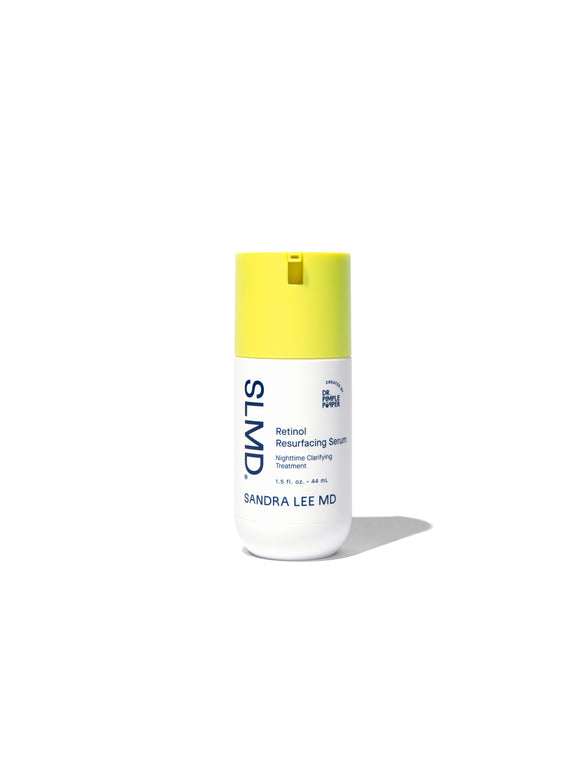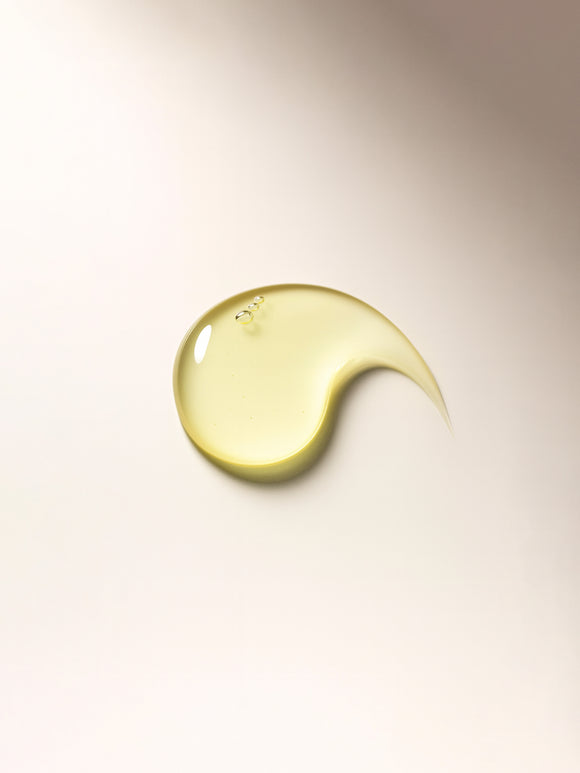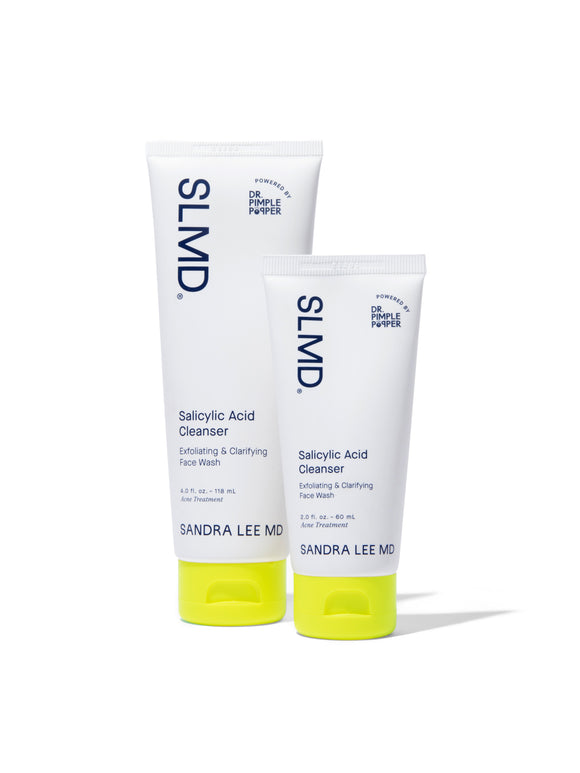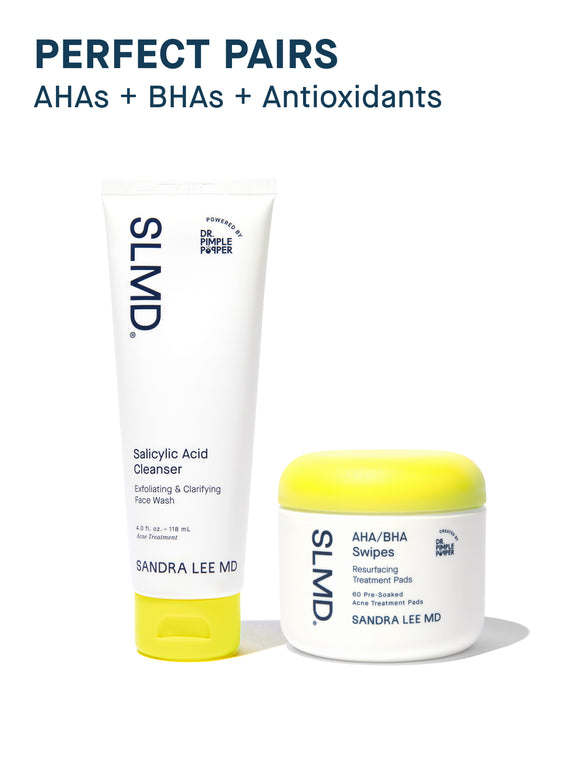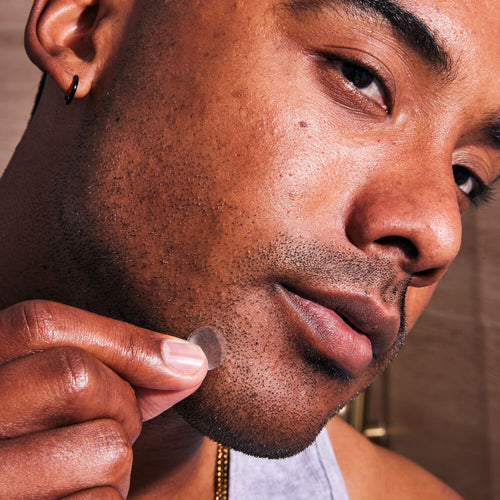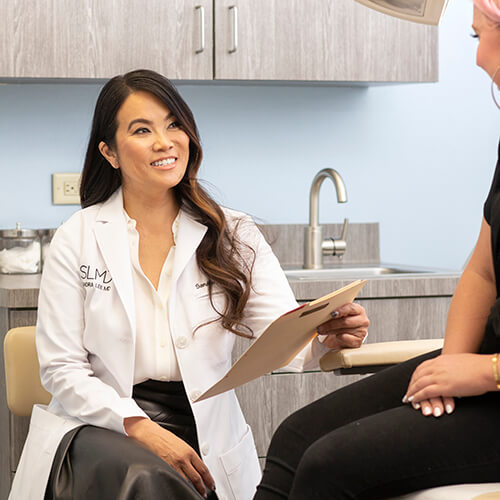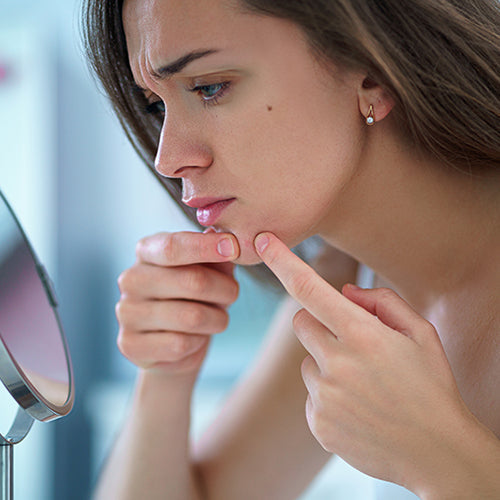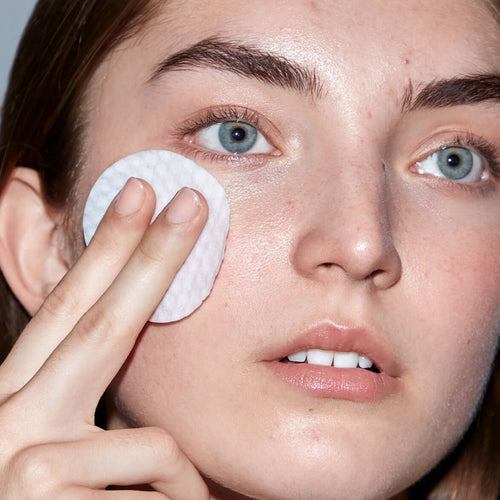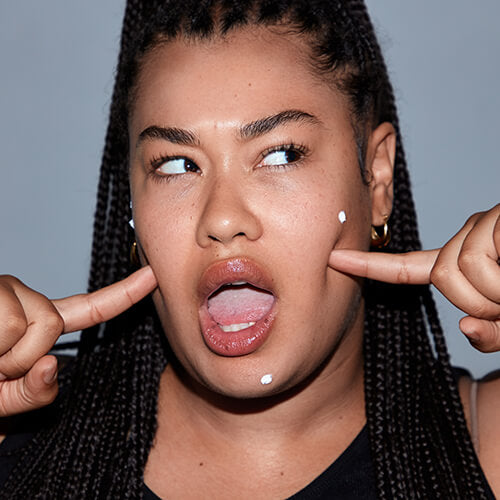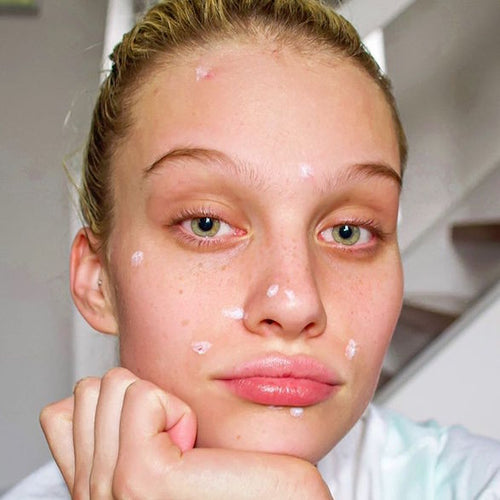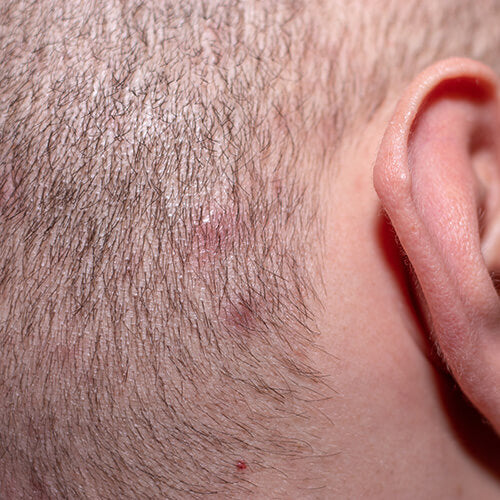
Dr. Pimple Popper's Guide to Starting Acne Treatment
From the right ingredients, to the best routine, to what you can expect, Dr. Lee breaks it all down.
Published:
5 minute read
Starting acne treatment can be confusing: choosing the right products, building an effective routine, and knowing what results to expect and when. To clear things up, we went straight to the source. Here, SLMD Acne System creator and board-certified dermatologist Sandra Lee, MD (aka Dr. Pimple Popper) shares her guidance on choosing the right products, setting realistic expectations, and sticking with a routine that actually works.
Article Quick Links
How to choose an acne treatment kit
DPP: When people first start treating their acne, the number of products and claims out there can feel overwhelming. What matters most is focusing on a few proven steps instead of chasing every new trend.
A solid acne routine should include a cleanser that can penetrate pores and a treatment that helps reduce C. acnes, the bacteria involved in breakouts. Ingredients like salicylic acid and benzoyl peroxide have the most evidence behind them, while sulfur can be a good option for sensitive skin.
It’s also important to think beyond just treating active breakouts. Retinol, used at night, helps prevent dead skin cell buildup and supports more even-looking skin over time. And one step that’s often overlooked is moisturizer. Even oily and acne-prone skin needs hydration to stay balanced, especially when you’re using ingredients that can be drying. When the skin barrier is supported, treatments tend to work better and cause less irritation.
That’s the approach I use when I put together my SLMD Acne System. It’s designed to include these essential steps in one routine, so people don’t have to guess which products work together or what order to use them in. If you’re personalizing your routine, it can help to understand how to build the best acne routine for you.
What to expect when you start an acne routine
DPP: Starting a new skincare routine is exciting, but I often see people lose motivation before they see results. Acne treatment takes patience. In general, you should give your routine three to four weeks to notice early improvements, and eight to twelve weeks to see more significant changes. That timeline is completely normal.
That said, you may notice some changes sooner, sometimes within the first few days. Ingredients like alpha and beta hydroxy acids, benzoyl peroxide, and retinol can cause dryness, redness, tightness, flaking, or mild irritation at first. These reactions are expected and usually settle down within the first month as your skin adjusts. Understanding how long acne treatments take to work can make it easier to stay consistent instead of giving up too early.
If something feels more intense than mild irritation, or doesn’t improve over time, that’s a sign to pause and check in with your dermatologist.
You might also experience what people commonly call “purging,” where breakouts temporarily worsen before improving. While it’s not a medical term, it describes the process of clogged pores clearing out. Sticking with your routine through this phase is important, since it typically resolves on its own.
I also remind my patients that acne didn’t appear overnight, and it won’t disappear overnight either. Being kind to yourself during this process matters. Getting enough sleep, managing stress, staying active, and eating healthy foods can all support healthier-looking skin while your treatment does its job.
Dr. Pimple Popper's Acne Care All-Stars
How to use acne-fighting ingredients the right way
DPP: Anytime you introduce new products, especially ones with active ingredients, it’s normal for your skin to react a little at first. Mild dryness or sensitivity can be part of the adjustment process. What’s not normal is prolonged burning, intense itching, visible swelling, or hives, which could signal an allergic reaction. If you’re ever unsure, it’s best to check in with your dermatologist.
Here’s how I recommend using each step of my Acne System to get results while keeping irritation to a minimum.
Salicylic Acid Cleanser
This is my all-time favorite cleanser, but here’s a personal tip. I have dry skin, so I only use it once a day. If you’re treating acne, cleansing morning and night is usually appropriate. Always remove makeup first so the salicylic acid can reach inside your pores. If you’ve been sweating heavily or wearing a mask, an extra cleanse is fine, just don’t overdo it or your skin may produce more oil.
Benzoyl Peroxide Acne Lotion
Benzoyl peroxide is one of the most effective ingredients we have for killing C. acnes bacteria and calming inflammation. Because it can be drying, I recommend starting slowly, such as every other day or a few times a week, and increasing as your skin tolerates it. Keep in mind that benzoyl peroxide can bleach fabrics and hair, so take care when applying.
Retinol Resurfacing Serum
Retinol helps treat acne while also supporting smoother, more even-looking skin. It’s best used at night, after cleansing and before moisturizing. Some people experience redness or dryness when they first start. Using it every other night at first and pairing it with a moisturizer can help minimize this. A time-release retinol formula can also make the adjustment period gentler.
Hyaluronic Acid Moisturizer
One of the biggest mistakes I see is skipping moisturizer. Even acne-prone skin needs hydration. Ingredients like hyaluronic acid help draw water into the skin, while emollients help seal it in. When the skin barrier is supported, you’re less likely to experience irritation and breakouts.
How long does it take to see results from an acne regimen?
DPP: I know how hard it can be to stay patient when you’re dealing with acne, but results don’t happen overnight. Some people notice small improvements early on, especially if they’ve never followed a consistent skincare routine before. For most people, though, it takes time.
In general, you may start to see early changes within the first few weeks, with more noticeable improvement over the course of a few months. Giving your routine enough time is key. Another common mistake I see is stopping treatment once acne starts to clear. I usually recommend continuing your routine for several months after breakouts improve, then transitioning to a maintenance approach.
If you don’t see improvement after a few months, or if your acne is causing scarring, it’s time to see a dermatologist. There are many treatment options available, and getting professional guidance can make a big difference.

Dr. Lee's Last Word
Clearer skin starts with understanding what you’re doing and giving it time. Acne treatment is a process, and consistency really does make a difference. I’m rooting for you!



